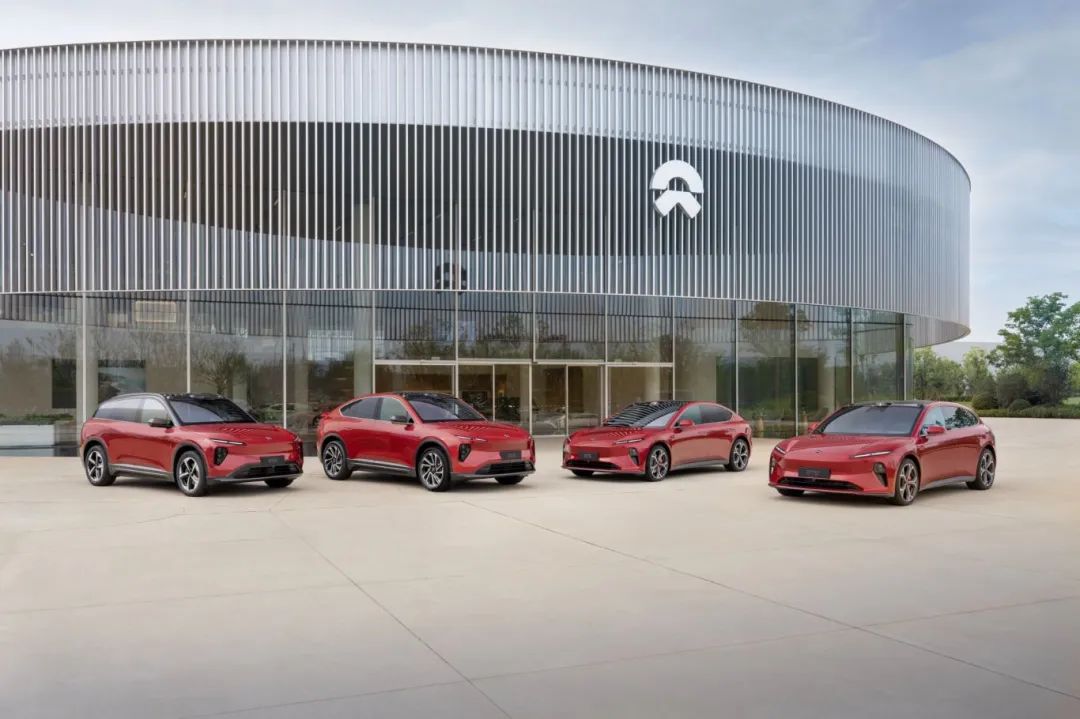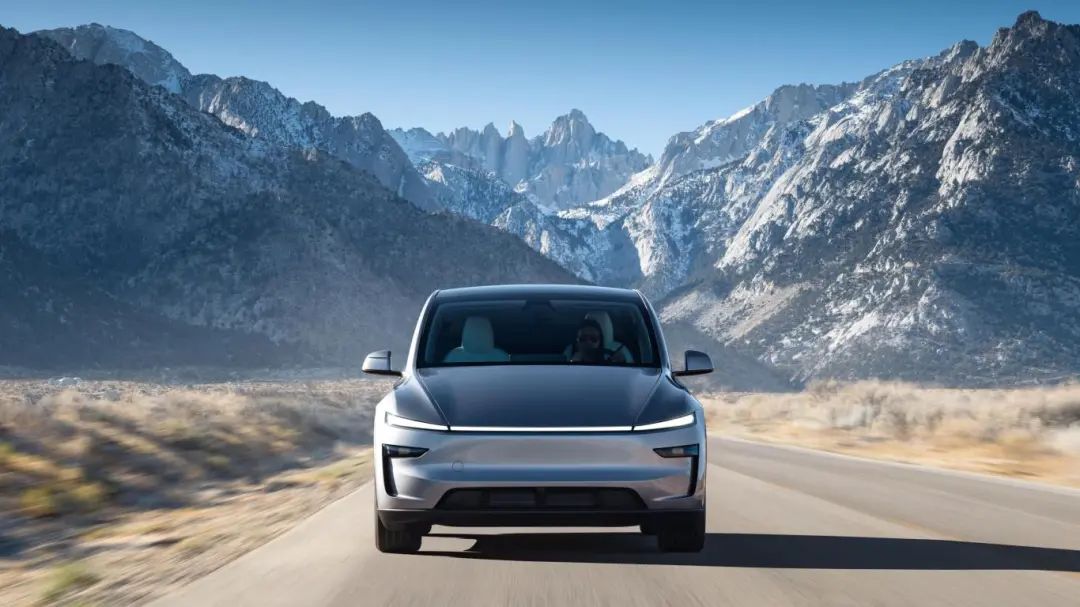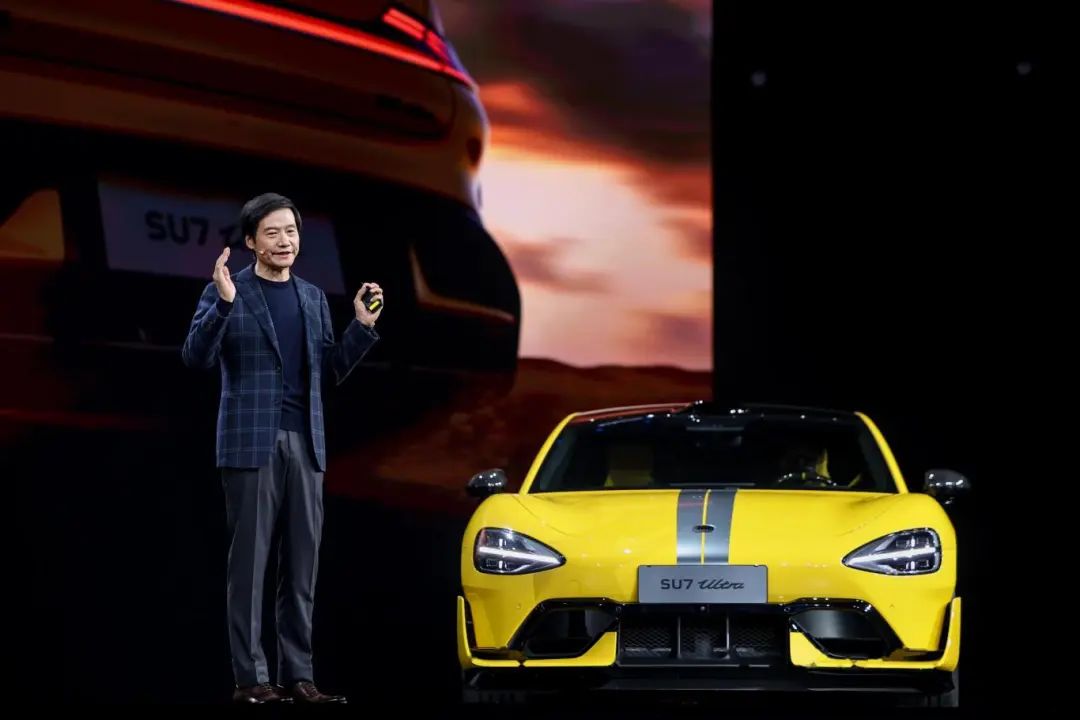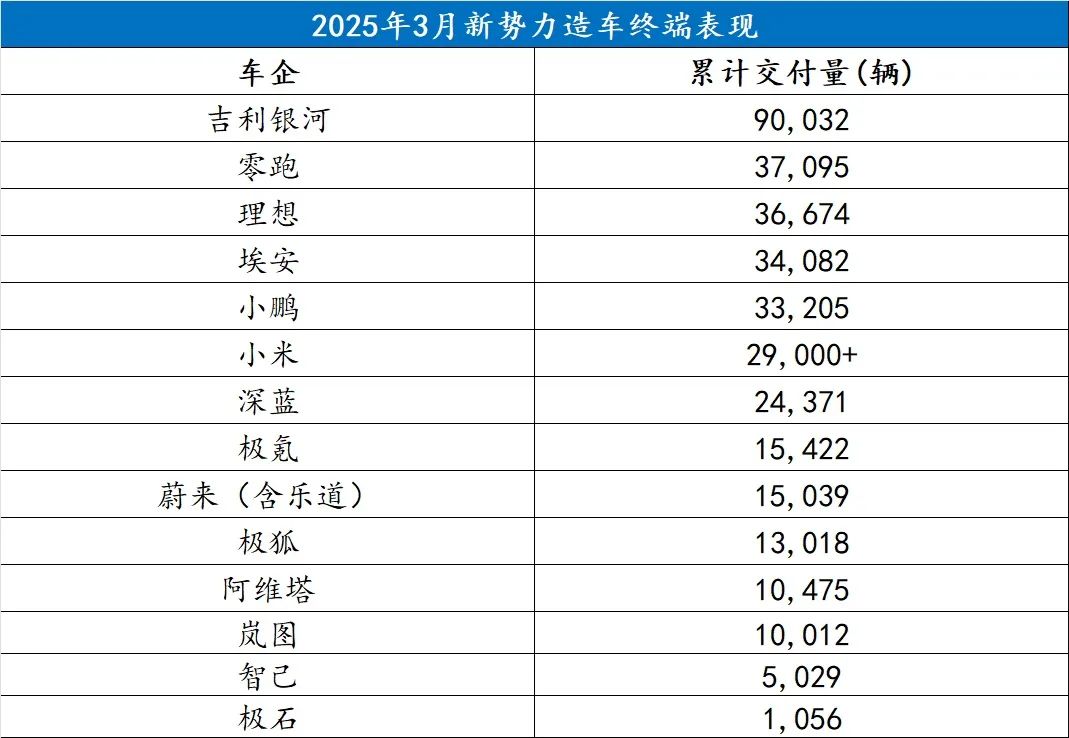"The Struggle to Rise: Once a Brand Falls, the Climb Back is Steep"
![]() 04/21 2025
04/21 2025
![]() 692
692

Introduction
Introduction
What garners the most envy for BBA is simply being called "BBA".
At first glance, the title of today's article might seem redundant, but it's a topic I wanted to delve into during a rare moment of respite before the Shanghai Auto Show.
Before delving deeper, let me share a true story that happened close to home.

Xiaoli, a recent college graduate born in the 2000s, was preparing to purchase his first car. His father offered to sponsor 150,000 yuan. Surprisingly, among the Honda Civic, Hyundai Sonata, and Lynk & Co 03, he chose the latter.
"In terms of image alone, I think Lynk & Co is more upscale than Honda and Hyundai."
Yes, you read that right. The reason is as straightforward and brutal as that. Although this case might be somewhat generalizable, for many novice users, especially young people, brand still trumps all when comparing products within the same price range.
Especially in the era of electrification, where product experiences are becoming increasingly similar, and most automakers are engaged in fierce price wars. Thus, the "deciding factor" that sets one apart from the rest among potential customers relies even more heavily on brand.
Recently, amidst the generational shift, NIO has begun promoting all its current NT2 platform models through various official subsidies, disguised discounts, and even giving away 240 battery swap vouchers.
Taking ET5 as an example, by stacking as many benefits as possible and adopting the BaaS battery-as-a-service scheme, the lowest selling price was once within the 150,000 yuan range.

So, what was the outcome?
According to relevant data, in just the past week, NIO's large orders exceeded 9,000 units. Perhaps, to most onlookers, this might seem like a volume-for-price trade-off after a "crazy overdraft".
However, I have a different perspective.
Firstly, it's important to note that this round of promotions did not lower the guidance price, but the perceived intensity was unprecedented. Secondly, the current NT2 platform models, starting from the first entry ET7, have been on sale for over three years, and the amortization of platform costs is far better than expected.
Furthermore, this month's operation can be seen as a bottom-up check for this new force automaker. As long as sincerity is present, orders can soar, and the fundamental base remains stable. Finally, it directly proves the advantages accumulated at the brand level, which are still highly attractive to potential customers holding onto their money, waiting for the right moment.
In any case, NIO's situation is far from as dire as rumors suggest.
Moreover, don't forget that a high-density product launch process is imminent. As long as no more fatal mistakes are made, and several key models adhere to the strategy of "more for the same price," the downtrend will eventually be reversed.
Another argument supporting this confidence is that NIO has already established a strong presence in the high-end new energy vehicle market, leaving a deep impression in the minds of end consumers.

To put it bluntly, "Spending hundreds of thousands on an electric car can't at least make you lose face."
This also explains why Tesla's refreshed Model Y, despite being heavily besieged by many competitors and lagging behind in some accounting data, doesn't worry about sales at all.
In auto manufacturing, ultimately, it all boils down to brand, the most cost-effective explanation.
On the other hand, Xiaomi SU7, which is at the center of controversy but is approaching monthly deliveries of nearly 30,000 units, when it first went on sale over a year ago, even the entry-level model without lidar firmly held the "bottom line" of 200,000 yuan and did not meet everyone's fantasy of "making friends at 99,800 yuan and 199,800 yuan".
Why is that? Is it simply because they can't make money?
To be frank, it's because Lei Jun clearly knows that since Xiaomi chose to enter the automotive industry, it has always benchmarked itself against joint venture luxury brands like BBA and will not compromise its value in the short term.
This year's entry-level SU7 Ultra and the upcoming YU7, including the third large extended-range SUV, will not be sold cheaply either.

A new brand starting out must first establish itself at a sufficiently high position.
Subsequently, there will be more flexible operating space. Conversely, if a low-end route is chosen for development from the outset and then an attempt is made to move upwards, it will inevitably come at a huge cost.
The chances of success are minimal.
Even a powerful company like BYD, with abundant resource reserves and ample supplies, fully staffed in terms of manpower, material resources, and financial resources, has three premium brands under its umbrella: Denza, FANGCHENBAO, and AITO, which has surpassed the million-yuan mark. However, their current journey of reaping the market is far from smooth sailing.
The inherent biases and traditional perceptions that need to be broken are far more numerous than imagined.
Coincidentally, last week, BYD chose to debut cutting-edge technologies such as all-domain 1000V, megawatt flash charging, and Tian Shen Zhi Yan B on its flagship Han L and Tang L models from its Dynasty network. The main purpose is to allow this indispensable "foundation" to continue expanding its price range and enhancing its image upwards.
Otherwise, if it keeps attacking the market below 200,000 yuan, there will come a day when the battlefield becomes increasingly depleted and the demand from potential customers becomes increasingly saturated.
In March, combining the terminal performance reports released by multiple new force automakers, I wasn't too surprised by Li Auto's stable performance. In contrast, the explosive output of NIO and XPeng was even more surprising.

After all, as of the same period last year, both were hovering on the brink of collapse.
Now, they have truly achieved a rebound from the bottom. When asked what happened, the answer is very similar - they have finally found the sales foundation they have been seeking.
For NIO, it's the SUV "trio" consisting of C10, C11, and C16; for XPeng, it's the sedan "duo" consisting of MONA M03 and P7+.
Of course, all the above products unexceptionally pursue extreme pricing, shaking up their respective segments and all focusing on the 100,000-200,000 yuan range.
So, what's the cost?
One thing is certain, it definitely pulls the corporate image down a bit. In other words, to survive, both XPeng and NIO have had to venture into the low-end red ocean to search for food.
To some extent, the more cars sold, the harder it becomes to move upwards. The title of today's article encapsulates a dilemma they must accept and face, "Once a brand falls, the climb back is steep."
Now that things have come to this, and as we gradually approach the end, I want to reiterate that, "Based on the development path of China's auto market this year, I always feel that the outcome will be a winner-takes-all scenario. Precisely based on this background, it requires each participant to cherish their own reputation even more."
Without exaggeration, never underestimate the importance of brand building. In auto manufacturing, ultimately, it all comes down to that. What BBA is most envied for is not how strong its products are, but simply being "BBA"...
Editor-in-Chief: Li Sijia Editor: He Zengrong








